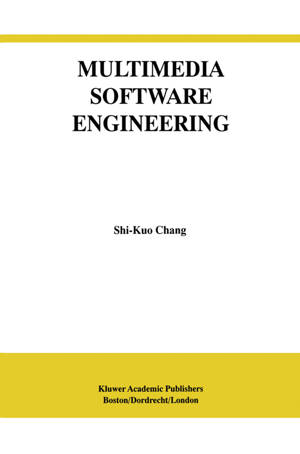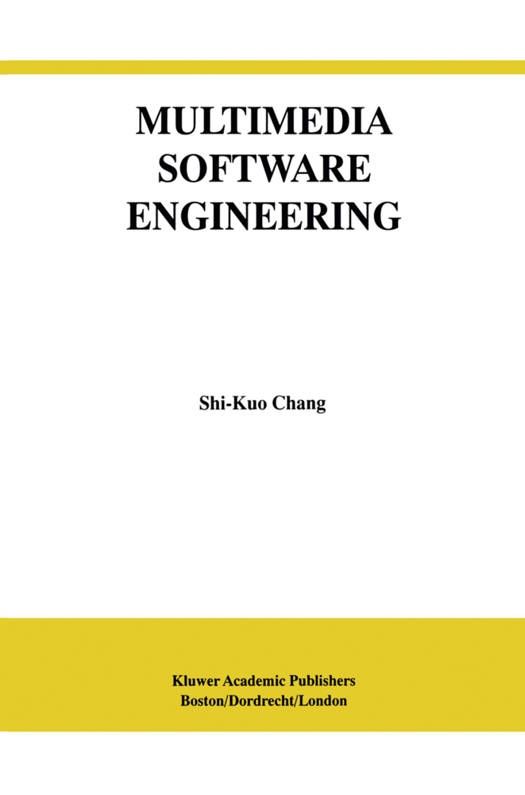
- Afhalen na 1 uur in een winkel met voorraad
- Gratis thuislevering in België vanaf € 30
- Ruim aanbod met 7 miljoen producten
- Afhalen na 1 uur in een winkel met voorraad
- Gratis thuislevering in België vanaf € 30
- Ruim aanbod met 7 miljoen producten
Zoeken
Omschrijving
Multimedia has two fundamental characteristics that can be expressed by the following formula: Multimedia = Multiple Media + Hypermedia. How can software engineering take advantage of these two characteristics? Will these two characteristics pose problems in multimedia systems design? These are some of the issues to be explored in this book.
The first two chapters will be of interest to managers, software engineers, programmers, and people interested in gaining an overall understanding of multimedia software engineering. The next six chapters present multimedia software engineering according to the conceptual framework introduced in Chapter One. This is of particular use to practitioners, system developers, multimedia application designers, programmers, and people interested in prototyping multimedia applications. The next three chapters are more research-oriented and are mainly intended for researchers working on the specification, modeling, and analysis of distributed multimedia systems, but will also be relevant to scientists, researchers, and software engineers interested in the systems and theoretical aspects of multimedia software engineering.
Multimedia Software Engineering can be used as a textbook in a graduate course on multimedia software engineering or in an undergraduate course on software design where the emphasis is on multimedia applications. It is especially suitable for a project-oriented course.
The first two chapters will be of interest to managers, software engineers, programmers, and people interested in gaining an overall understanding of multimedia software engineering. The next six chapters present multimedia software engineering according to the conceptual framework introduced in Chapter One. This is of particular use to practitioners, system developers, multimedia application designers, programmers, and people interested in prototyping multimedia applications. The next three chapters are more research-oriented and are mainly intended for researchers working on the specification, modeling, and analysis of distributed multimedia systems, but will also be relevant to scientists, researchers, and software engineers interested in the systems and theoretical aspects of multimedia software engineering.
Multimedia Software Engineering can be used as a textbook in a graduate course on multimedia software engineering or in an undergraduate course on software design where the emphasis is on multimedia applications. It is especially suitable for a project-oriented course.
Specificaties
Betrokkenen
- Auteur(s):
- Uitgeverij:
Inhoud
- Aantal bladzijden:
- 238
- Taal:
- Engels
- Reeks:
- Reeksnummer:
- nr. 7
Eigenschappen
- Productcode (EAN):
- 9780792377368
- Verschijningsdatum:
- 31/01/2000
- Uitvoering:
- Hardcover
- Formaat:
- Genaaid
- Afmetingen:
- 178 mm x 227 mm
- Gewicht:
- 589 g

Alleen bij Standaard Boekhandel
+ 518 punten op je klantenkaart van Standaard Boekhandel
Beoordelingen
We publiceren alleen reviews die voldoen aan de voorwaarden voor reviews. Bekijk onze voorwaarden voor reviews.











